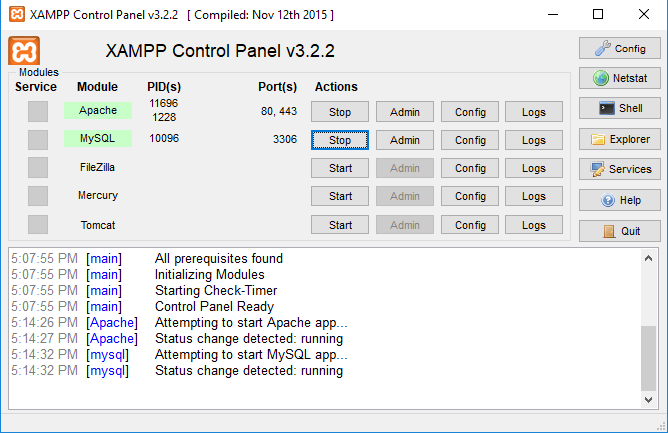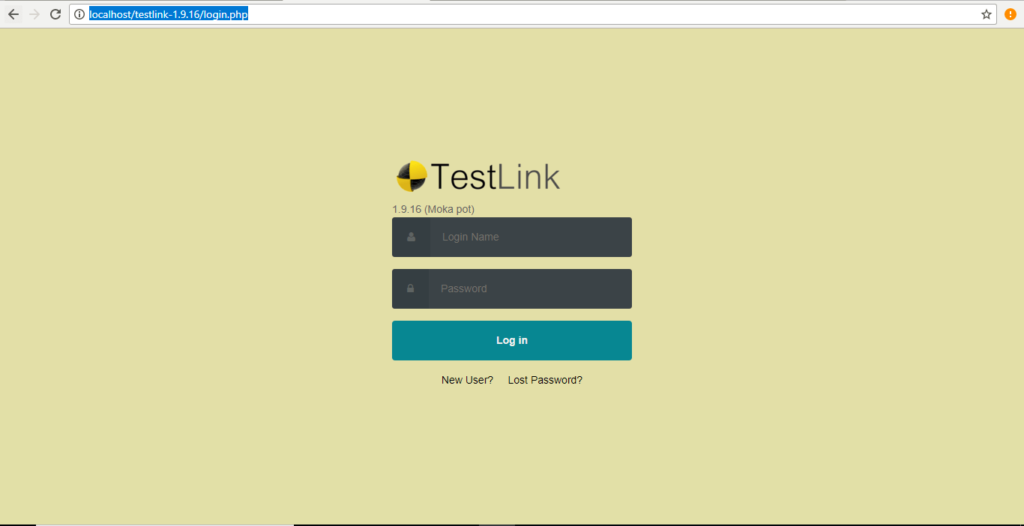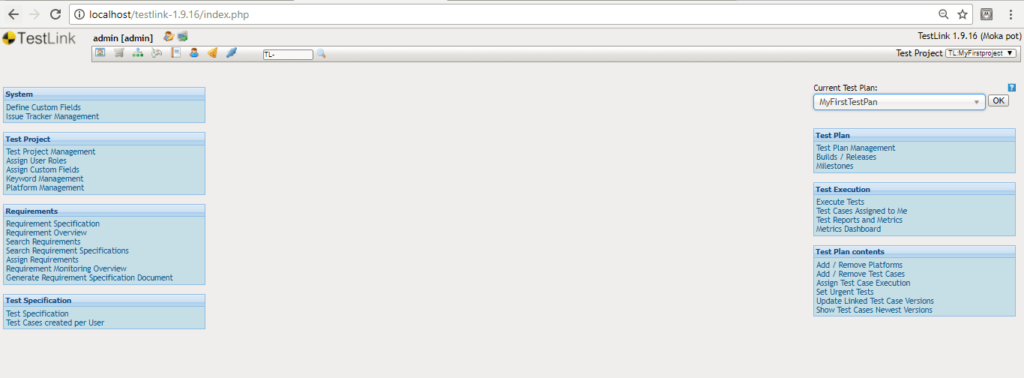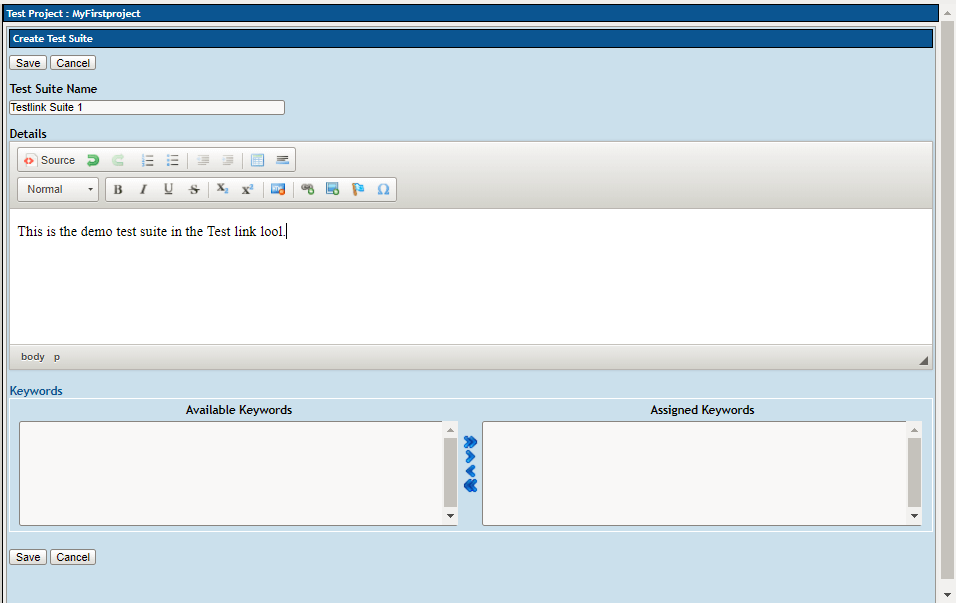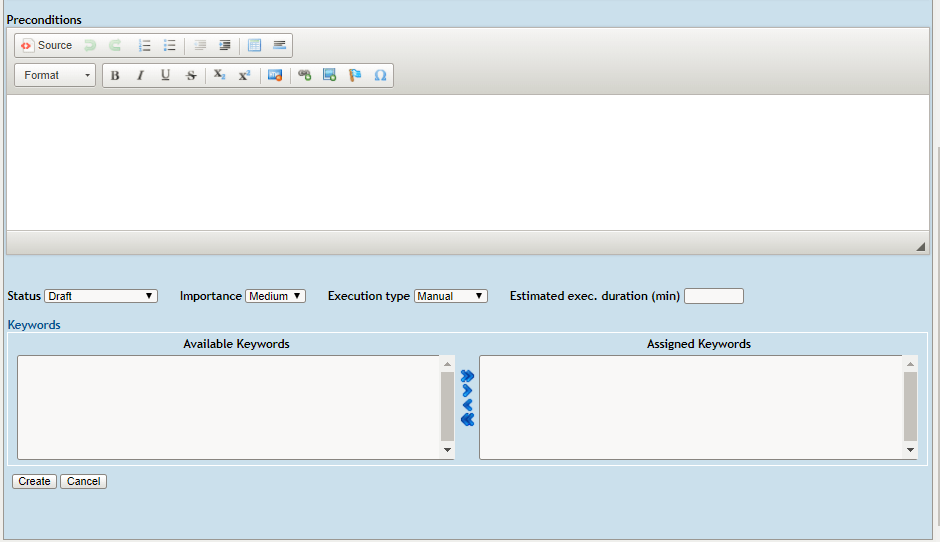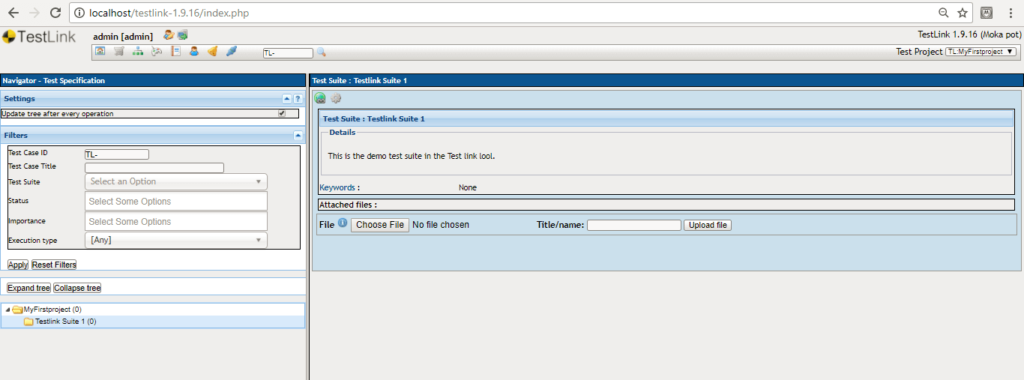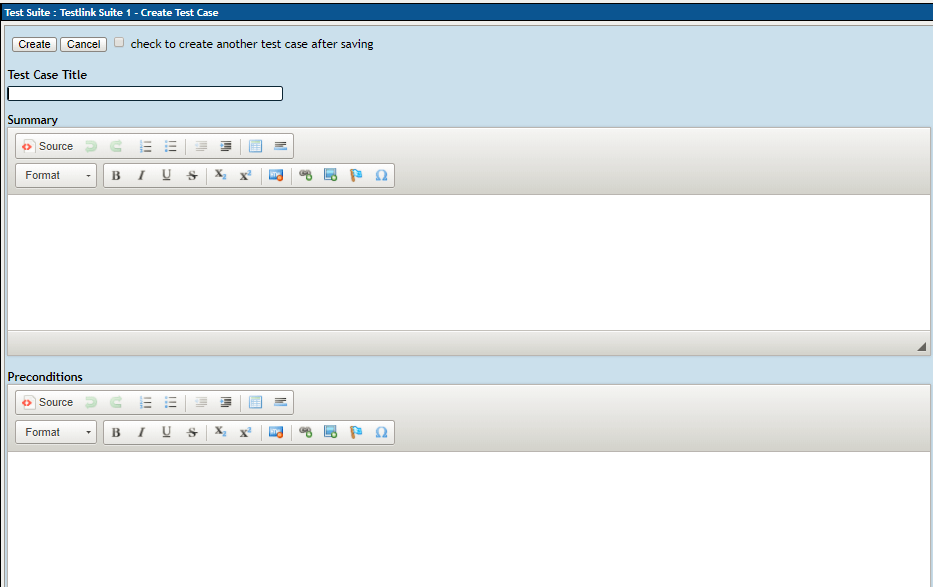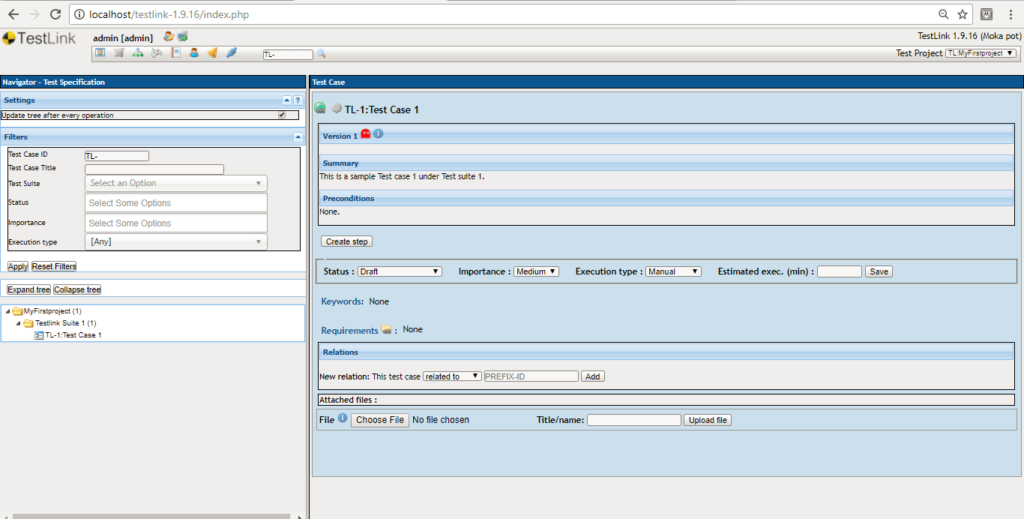In the last chapter, we discussed the Test Plan And Build Creation In TestLink under the Test Project and Builds in TestLink tool. In this chapter, we are going to discuss in detail about the creation of test suite and test Cases in the TestLink tool. If you missed or want to check all TestLink Test Management Tool tutorial series articles then use the link: TestLink Tutorial Series For Beginner to Advanced
Getting Started TestLink Application on Apache Web Server And MySQL Database:
In case, you find that either Apache web server or MySQL database or both are down or not started in the XAMPP control panel then you can simply start both by clicking on the Start button present opposite to these apps under the Actions column. After Apache Web server and MySQL database are started, you can see their status on XAMPP control panel as shown below.
In the above screenshot, you can observe that Apache and MySQL elements on XAMPP control Panel has turned green which demonstrate the port number where their service could be accessed. When these elements are started, at that point in time you can also observe that the Start button has now converted to Stop button. When you want to stop or restart the Apache Web Server and MySQL database then you can simply click on the Stop button to complete the required action.
Login To Tthe TestLink Application:
After Apache Web server and MySQL database are up and running, you can access the TestLink application at the below URL on your local machine. Shown below is the login page for TestLink tool.
http://localhost/TestLink-1.9.16/login.php
You can login into TestLink by simply entering the username and password as admin and admin respectively. After successful login, it will take you to Test Project Management where you can create a new project as shown below.
Creating A Test Suite In TestLink Tool:
In the software testing, the term test suite is very commonly used. It represents a collection of test cases which are planned to be used for the testing of a software program. Each test case specification represents set of software application behaviors. A test suite is a collection these test cases which have detailed information about the system configuration which can be used during software application testing. We can create Test Suite in the TestLink by simply obeying the following steps in the given sequence.
Step 1: After login into the TestLink application. You will observe the home-page as shown below. To start creating a Test Suite, you need to click on the Test Specification link which is present on the home-page.
Step 2: After clicking on the Test Specification link, it will take you on another page as shown below.
Step 3: On the right-hand panel, you will find a setting button. Click on the settings button which will provide you the following more buttons. Click on this “+” button as shown below.
Step 4: The “+” button will open up a form for the creation of Test suite with the name as “TestLink Suite 1”. Add the appropriate description and click on the save button to complete the creation of the Test suite.
Any time you can click on the cancel button when you want to cancel the creation of the current Test suite.
Step 5: TestLink will display the message as “Test Suite Created” as shown below. Also, you can observe the “TestLink Suite 1” name under “MyFirstproject” tree.
At this point, the test suite has been created successfully. Now let us add a test case to this Test suite in TestLink tool.
Creating A Test Case In TestLink Tool:
A test case represents a particular test scenario of a software application. It may contain precondition states or steps as well as test description. The collection of one or more test cases together is known as a test suite. We can create a Test case in the TestLink by simply obeying the following steps in the given sequence.
Step 1: Click on the test suite “test suite 1” which we have just created in the last step. It will open up the Test suite page on the right-hand side of the panel as shown below.
Step 2: Click on the setting button present at the top of the right-hand side panel. It will open up two rows. One for Test suite operations and another one for Test case operations as shown below.
Step 3: Click on the “+” button for Test case operations. It will open up a form for a new test case creation as shown below.
Step 4: Fill the test case form providing the Test Case name, summary, preconditions, status, importance, execution type, and estimated execution duration in minutes. Below is the description of the various Test case fields present in the Test Case form.
- Test case name: Provide any relevant name to the test case. Here, we have provided “test Case 1”.
- Summary: Here, you need to provide the test case summary i.e. what exactly this test case is testing as the application behavior or scenario.
- Precondition: Specify if there is any condition required before we can execute this test case.
- Status: We can assign a status to a test case as Draft, Ready for review, Review in progress, rework, Future, Obsolete, or Final from the drop-down menu
- Importance: We can assign importance to the Test case as Low, Medium, or High from the drop-down menu.
- Execution Type: We can select execution type as Manual or automated from the drop-down menu.
- Estimated exec. duration (min): Here can specify the estimated time that test case will take to complete its execution.
Step 5: After filling up these details, we can click on the create button present at the bottom of the page to complete the creation of the Test case. Any time you can click on the cancel button when you want to cancel the creation of the current Test case.
Once the test case is created, the TestLink tool will assign it a unique Test Case id “TL-1” as shown below. The test case will be automatically added to the parent Test suite under which it was created (here Test suite 1).
Conclusion
In this chapter, we discussed the creation of Test Suite as well as Test case inside the Test suite in the TestLink Test Management Tool with the help of suitable examples.
If you are not a regular reader of this website then highly recommends you Sign up for our free email newsletter!! Sign up just providing your email address below:
Happy Testing!!!
- Tutorial 5: Assigning Test Case To Test Plan In TestLink
- Tutorial 6: Create A User In TestLink And Assigning Roles
- Tutorial 7: Writing Requirements in TestLink
- Tutorial 8: Executing A Test Case In TestLink
- Complete Atlassian JIRA Tutorial Series | Introduction To JIRA – An Issue And Project Tracking Tool Tutorial 1
- Working With Epics In JIRA – Tutorial 5
- Tutorial 1 – Getting Started With TestLink Test Management Tool
- Tutorial 2: Testlink Installation And Creation Of A New Test Project
- Tutorial 3: Test Plan and Build Creation in TestLink
- Importing and Exporting Test case/Test Suite in TestLink
